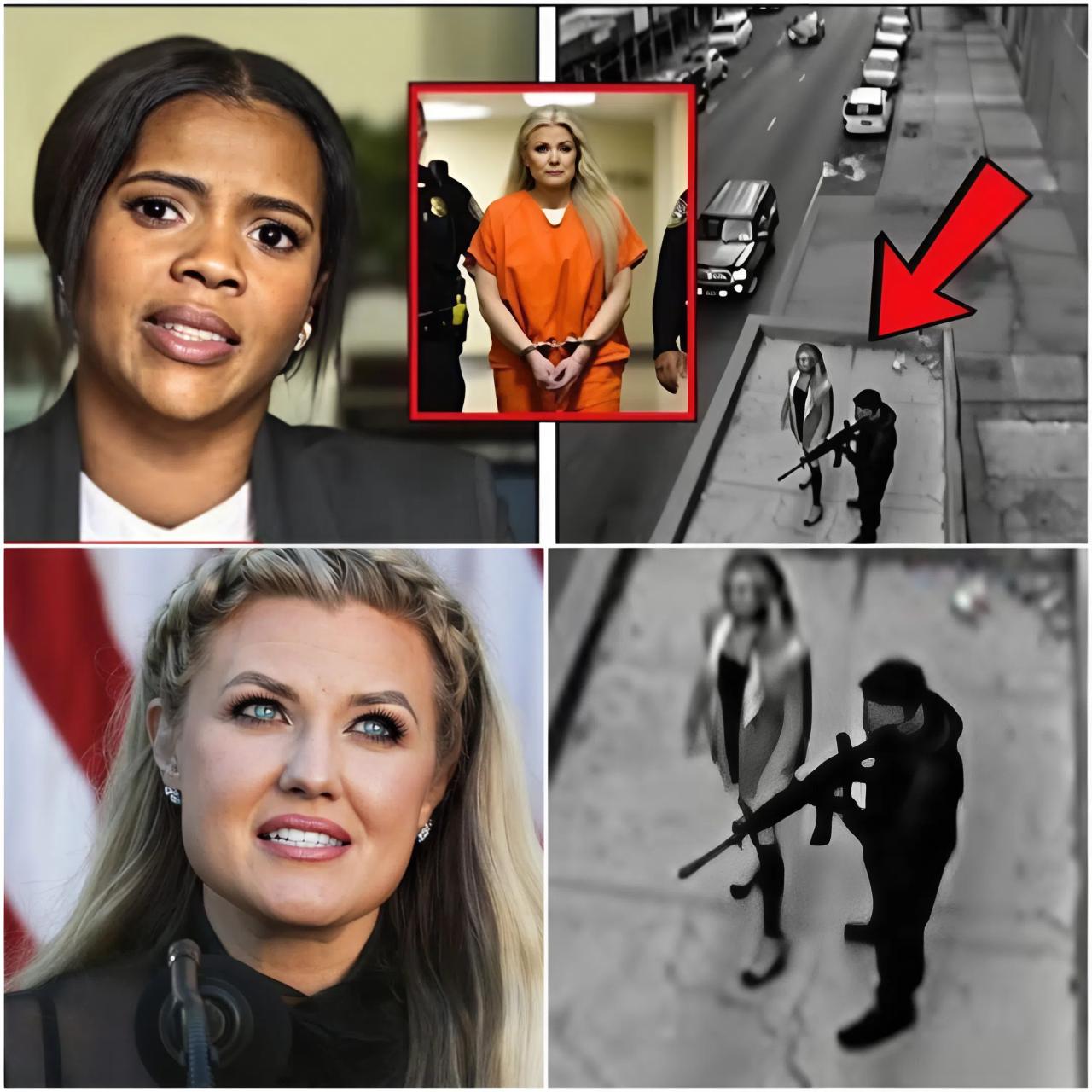In a dramatic escalation of one of the most talked-about political assassinations in recent memory, conservative commentator Candace Owens has revealed what she describes as “secret footage” that, she alleges, was deliberately withheld from the public in the Charlie Kirk shooting case.
Her claims have ignited online firestorms, deepening the mystery surrounding Kirk’s death and raising urgent questions about what actually happened.
Kirk, founder of the advocacy group Turning Point USA, was fatally shot during an event at Utah Valley University on September 10, 2025. Authorities quickly charged 22-year-old Tyler Robinson with murder, stating he acted alone.

But Owens says the official narrative is incomplete — and possibly crafted.
According to multiple media outlets, Owens claims to have received a video showing Robinson not alone but accompanied by a woman at the scene. She argues the alleged footage was never released by the FBI, and was omitted from the public record.
In her telling, this omission is central: if a woman was there, the story of a solo shooter collapses.
Owens went further: she questioned why the FBI dispatched its Connecticut field office team to Utah, and she pointed to alleged links between the agency and the Anti‑Defamation League (ADL). She accused both of influencing which evidence the public saw — or didn’t see.
For many observers, the most explosive moment came when Owens asked: What kind of widow would not want the truth of her husband’s murder to come out? She directed the question at Kirk’s widow, Erika Kirk, suggesting that her silence may itself raise red flags.
Critics have been fierce. They accuse Owens of pushing unverified conspiracies and exploiting a tragedy for clicks. One outlet described her claims as “reckless” and potentially harmful.
Supporters, however, say her challenge to the official version has opened doors others were too intimidated to walk through.
Amid the debate, the fundamental questions remain:
Why was the alleged video of a woman with the shooter never publicly released?
Why did Robinson’s family, according to Owens’ sources, believe he was framed?
What role, if any, did the widow play — and would her silence signal complicity, fear, or something else entirely?
The FBI and Utah law enforcement have declined to comment on Owens’ specific claims, calling the case “ongoing” and warning against speculation until all evidence is vetted. Still, the timing of Owens’ revelations — nearly a month after the shooting — has intensified public scrutiny.
Political analysts point to the case’s unfolding narrative as a potential inflection point in how media, power and justice intersect.
For the widow, Erika Kirk, the spotlight is becoming unavoidable. Mary-Jo Peterson, a political consultant, commented: “Whether she wants it or not, she’s now part of the story — not just as a mourner, but as a figure with unanswered questions.”
—
As the controversy deepens, the case has taken on a broader significance. It no longer belongs only to a campus shooting in Utah. It’s become a symbol of distrust in institutions, the power of hidden footage, and the possibility that what we accept as truth may be designed for us — not revealed to us.
Whether the hidden video exists, whether the widow’s silence holds meaning, and whether the official story can withstand the pressure remain to be seen.
One thing is clear: in the river of public opinion, bubbles of doubt are rising — and they may not go down so easily.